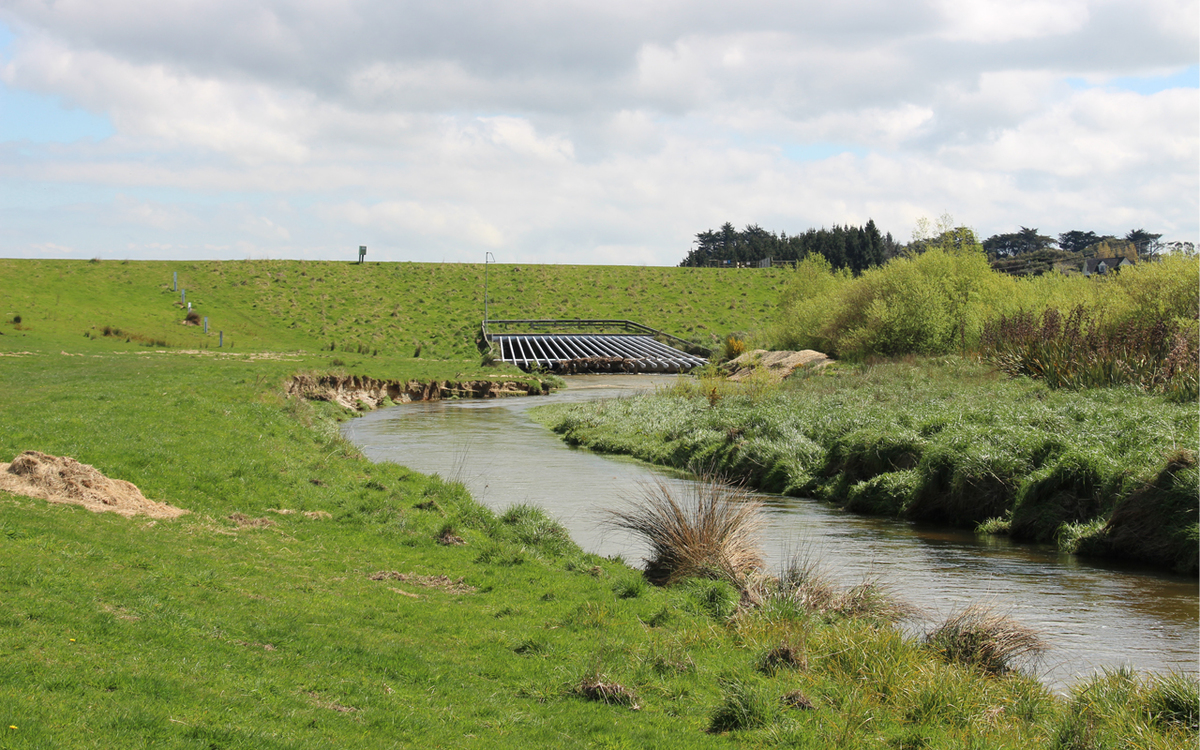Water quality improvement milestone for Murihiku
Lucy Henry
05 December 2020, 2:21 AM
 Environment Southland chairman Nicol Horrell.
Environment Southland chairman Nicol Horrell.In collaboration with Te Ao Marama, Environment Southland (ES) has set out clear goals on how it plans to improve the region’s water quality.
The issue of water quality across the country and in Southland is pressing.
According to recent data gathered by ES, almost every waterway in Southland has concerningly high levels of E-coli, that sit above what the government has listed as an acceptable level.
Advertisement
Advertise on the Southland App
Other main contaminants impacting Southland's freshwater quality are nutrients such as nitrogen and phosphorus, fine sediment, and faecal bacteria.
ES says that elevated levels of nutrients can drive nuisance plant growth and be toxic to aquatic organisms as well as have negative effect on human health.
Sediment and faecal bacteria levels across Southland are also a concern.
The most sensitive parts of Southland's catchments – the estuaries, lagoons and coastal lakes – are showing signs of stress and deterioration due to excess sediment and nutrients.
This includes three of Southland's main river catchments, Jacob's River Estuary, New River Estuary and Waiau Lagoon.
Te Ao Marama Chairman Stewart Bull said achieving restoration of our waterways within a 25-year generation is integral to ensuring tikanga (correct practice) can be handed down to the next generation before it is lost forever.
“Improving waterways is absolutely key to that,” he said.
Advertisement
Advertise on the Southland App
“We shouldn’t be passing our problems onto future generations.”
So, over the last two years, Environment Southland and Te Ao Marama have been engaging the Southland community through the ‘Values and Objective workstream’ to find out what the community wanted for their waterbodies, now and in the future.
From December 2018 to the end of March 2019, Environment Southland staff and councillors attended around 40 community events to engage Southlanders in this conversation.
ES says the most frequently cited issues from the public were concerns about pollutants and rubbish in and around water bodies across the region.
“Weeds, slime, algae, cyanobacteria, sediment and muddiness were attributes that featured most prominently in the engagement data,” the report reads.
The report also highlights that Southlanders listed 20 freshwater values that were important to them including amenity and recreation, fishing, heritage and archeological values, education, and ecosystems health.
This information formed the ‘People, Water and Land programme’ a partnership between the council and Te Ao Marama to improve the region’s water quality and to meet the requirements of the Government’s National Policy Statement for Freshwater Management.
Advertisement
Advertise on the Southland App
This will ultimately lead to the setting of limits (for discharges to and abstractions from waterbodies), Environment Southland says.
Environment Southland Chairman Nicol Horrell said the council had taken a big and clear step towards meeting the “community’s expectations for freshwater,” when councillors endorsed the report last week.
“This work sets the direction to achieve the outcomes for water over a generation, and over the next few years we’ll establish steps or ‘bite sized chunks’ to make sure we’re going to get there.”
He said it would be a long and committed journey, but said he believed that the next five years would start to show “significant improvements”.
“Water is the life blood of any nation,” he added.
Mr Bull said the focus now was on all groups, communities, iwi and the crown continuing to work together harmoniously in the region to achieve an improvement in the waterways.
“I do believe that Murihiku is leading the way [on this’,” he added.
Advertisement
Advertise on the Southland App
As part of the vigorous investigation into Southland’s waterways, Environment Southland has also developed an interactive online map, which shows the current and desired condition of each waterway in Southland.
You can view the tool here to check out your local waterway.
Each waterway is given a rating.
"A" generally means "very good", "B" means "good", "C" means "fair" and "D" means "poor".
The government has set a national bottom line (for most environmental outcomes) to be between now lower than a ‘C’, and must be met by every region in New Zealand.
The Environment Southland draft environmental outcomes are either at or above these bottom lines.
Chairman Horrell said the map would be especially helpful to farmers, who may need to quickly and easily assess the condition of a waterway near them.
For more information from ES, visit: Environment Southland - Water Story.
AG | TRADES & SUPPLIES





